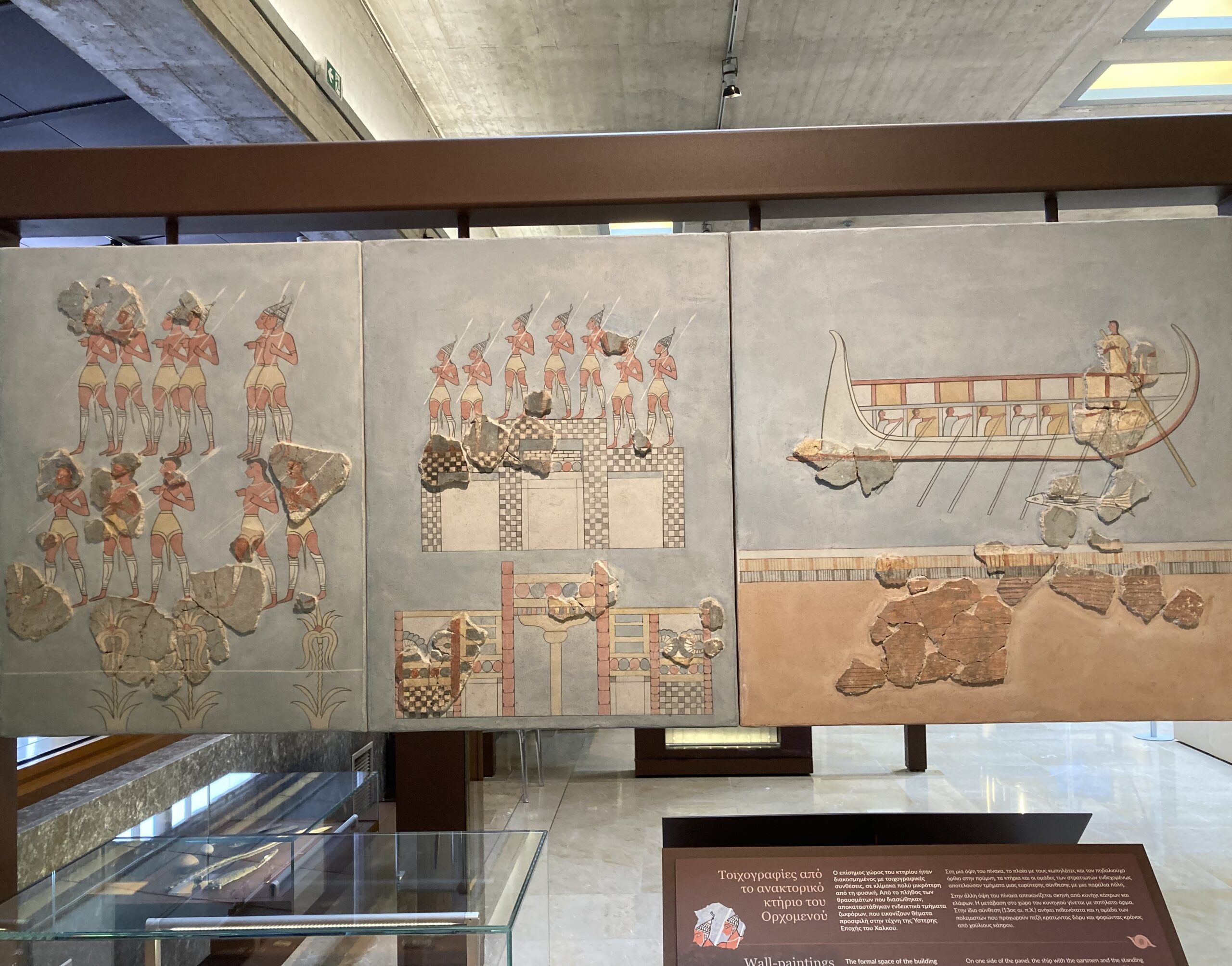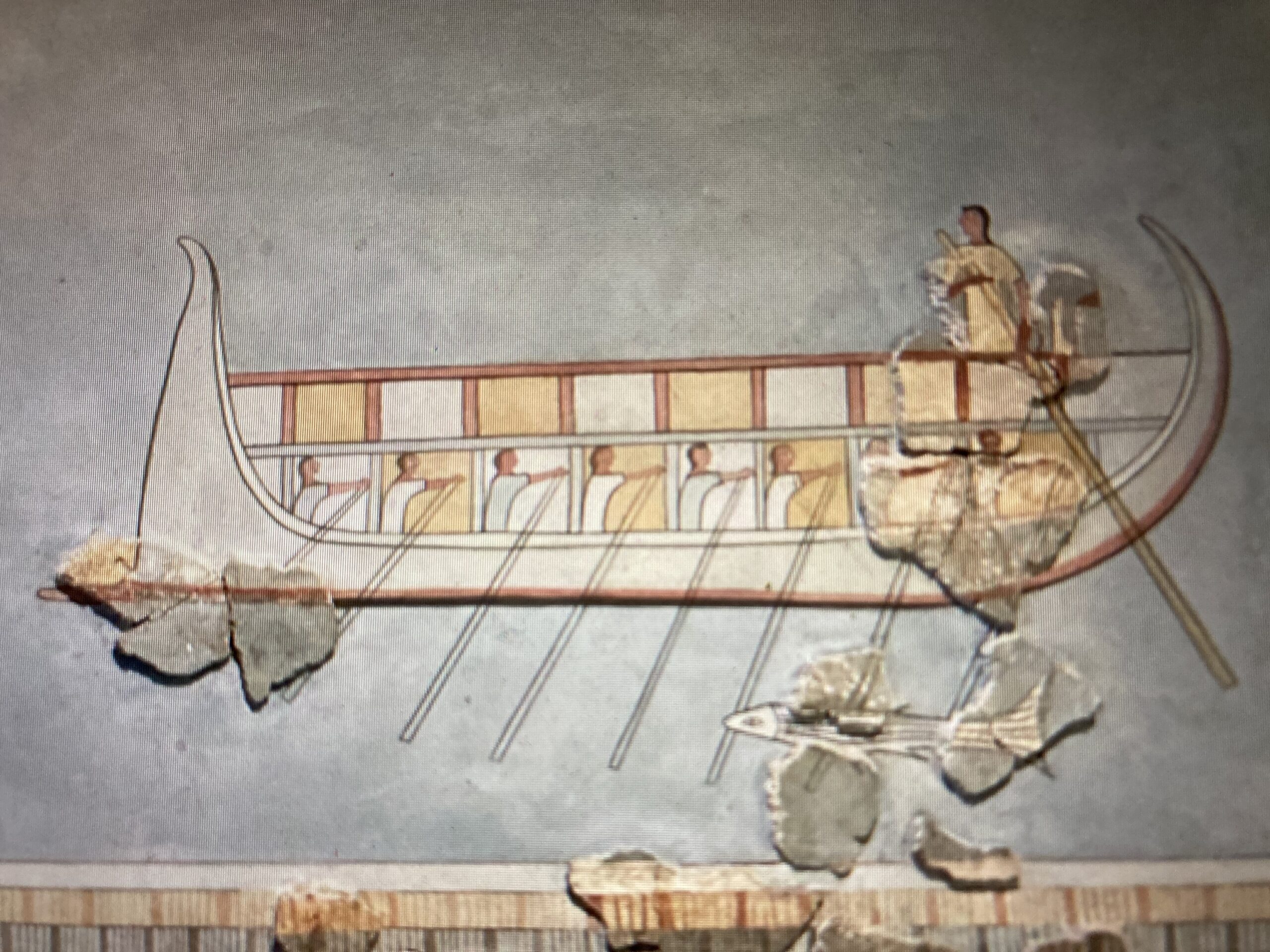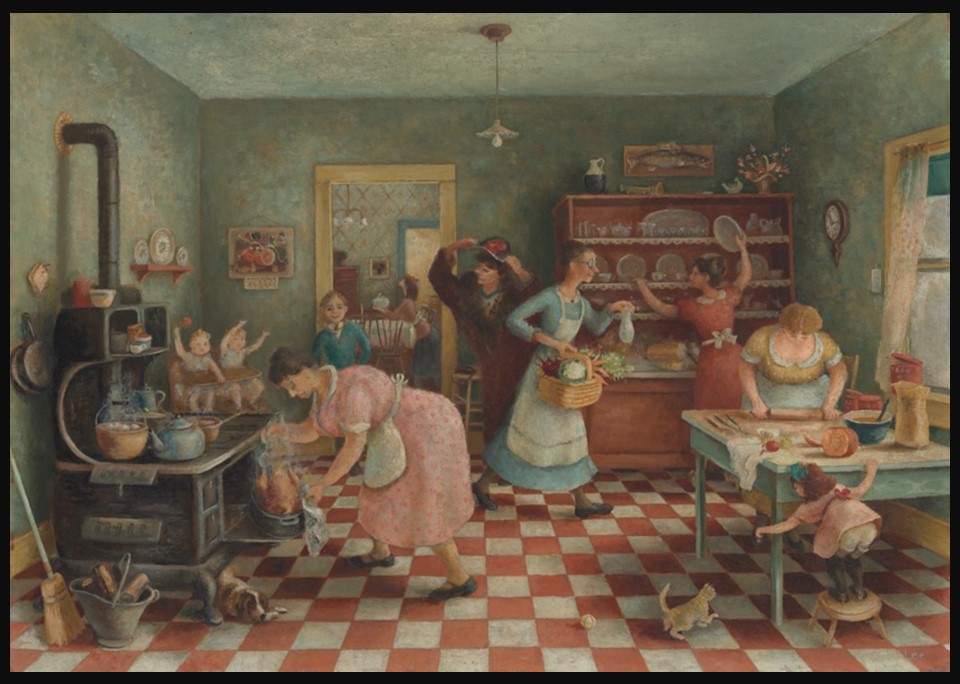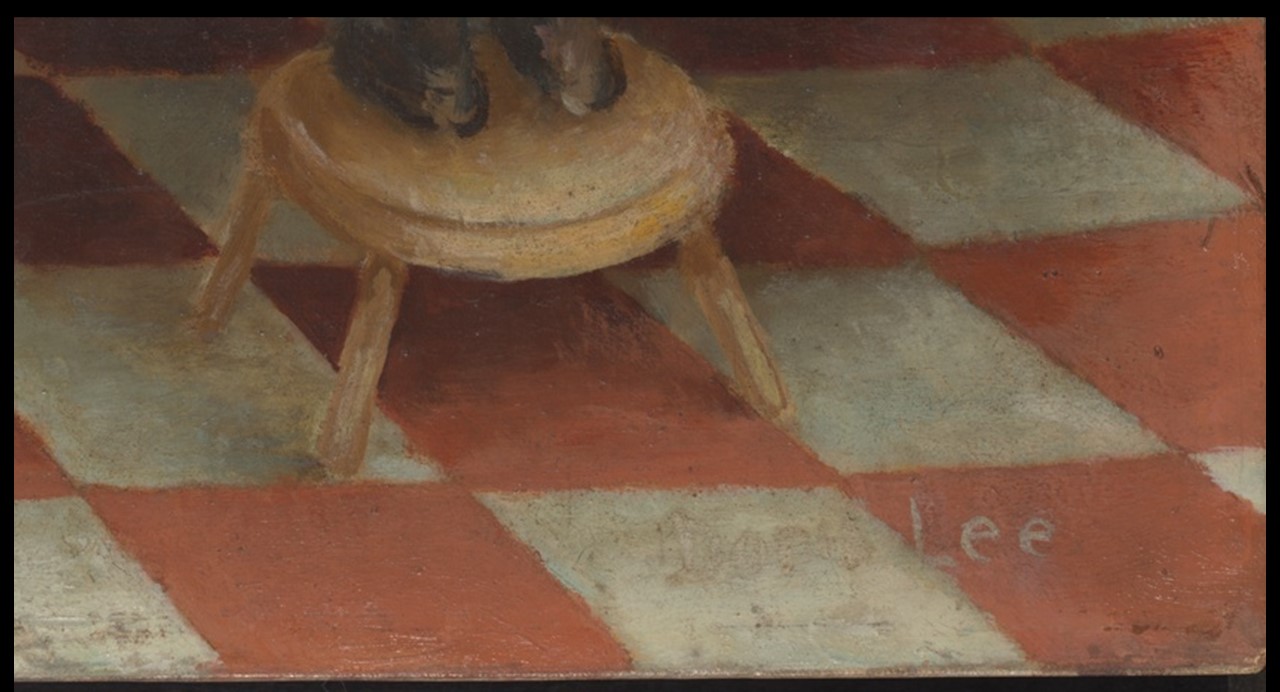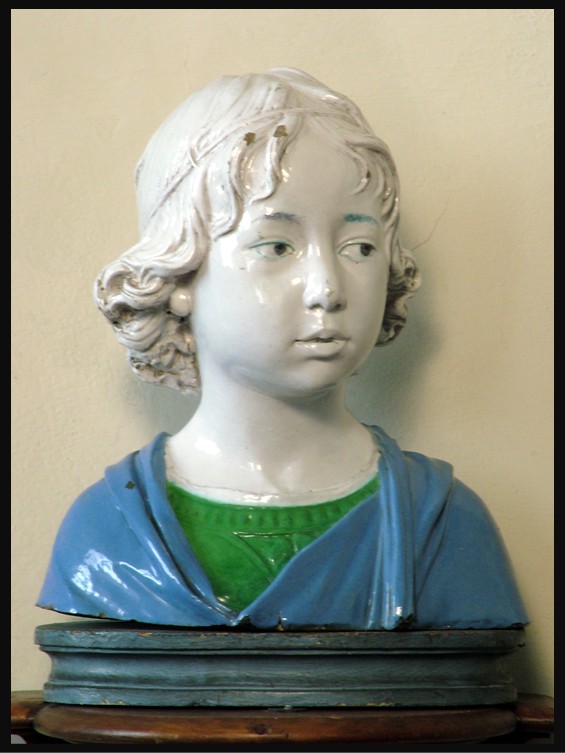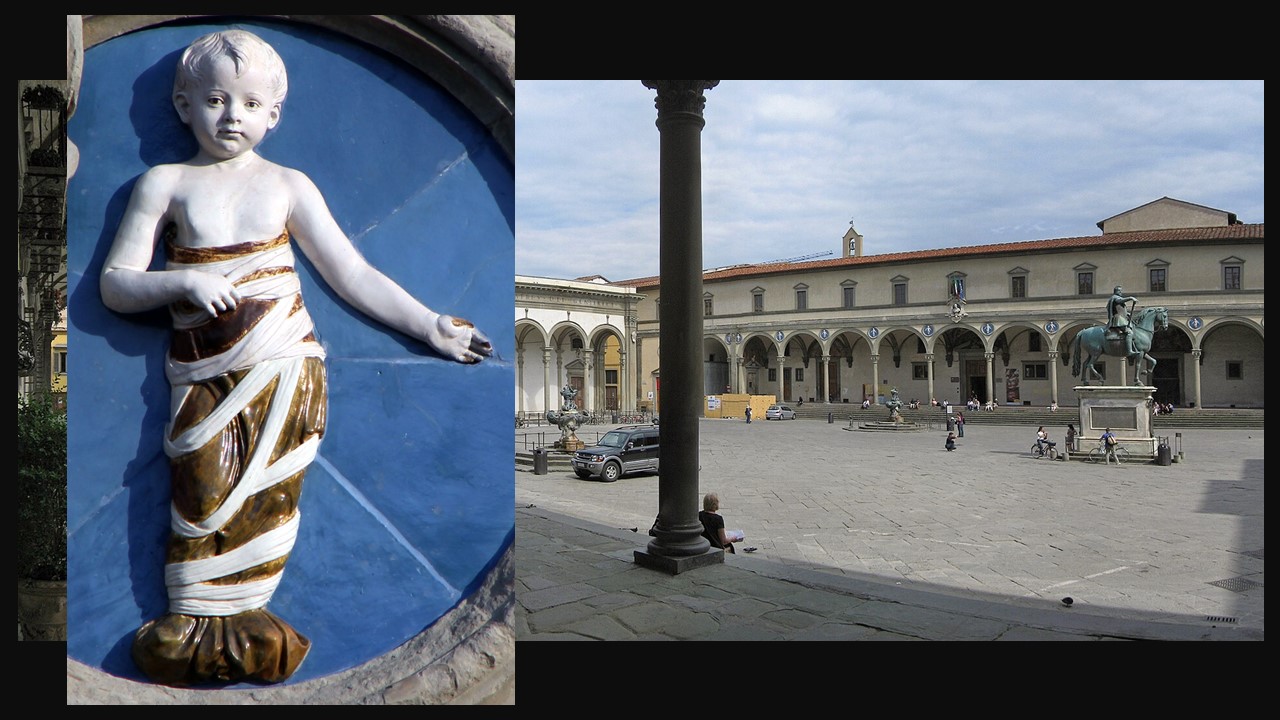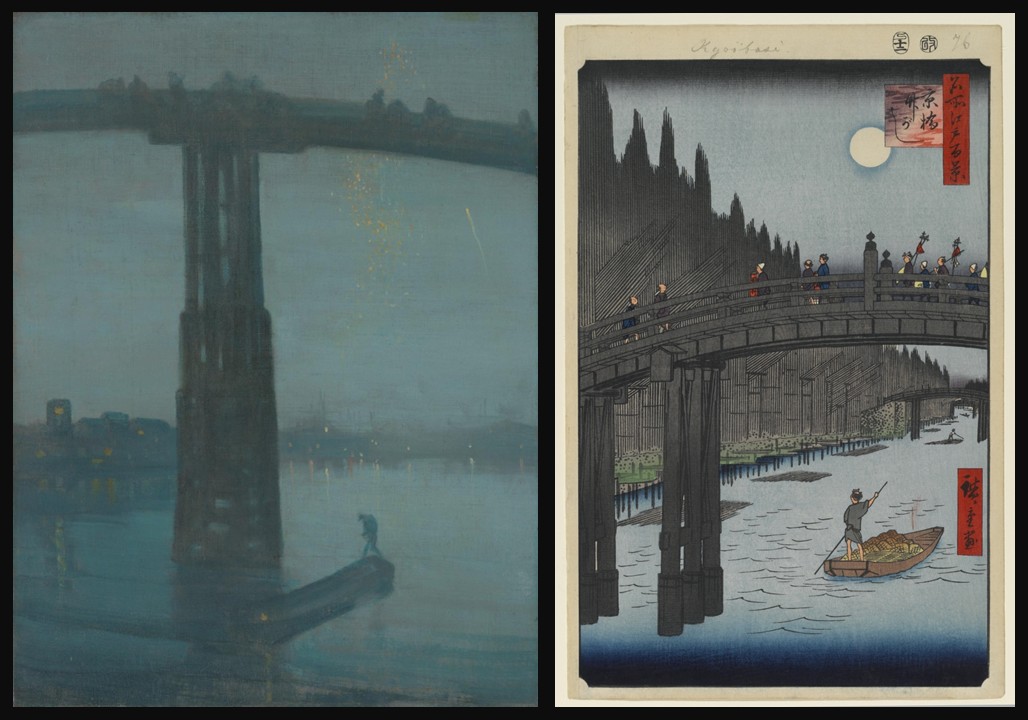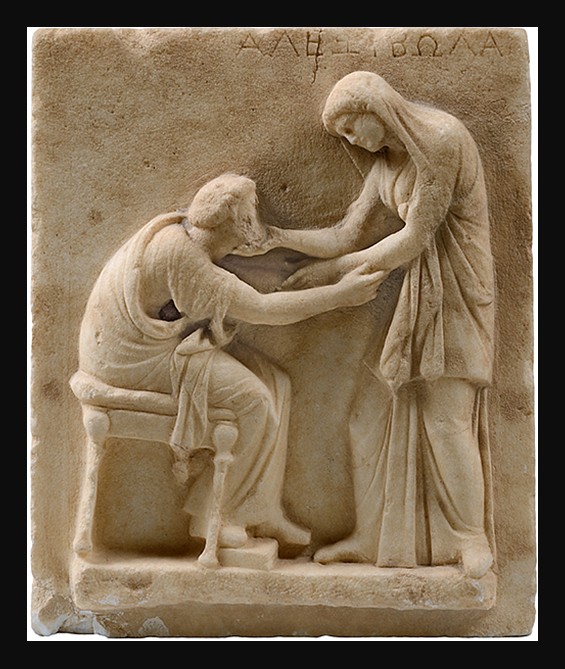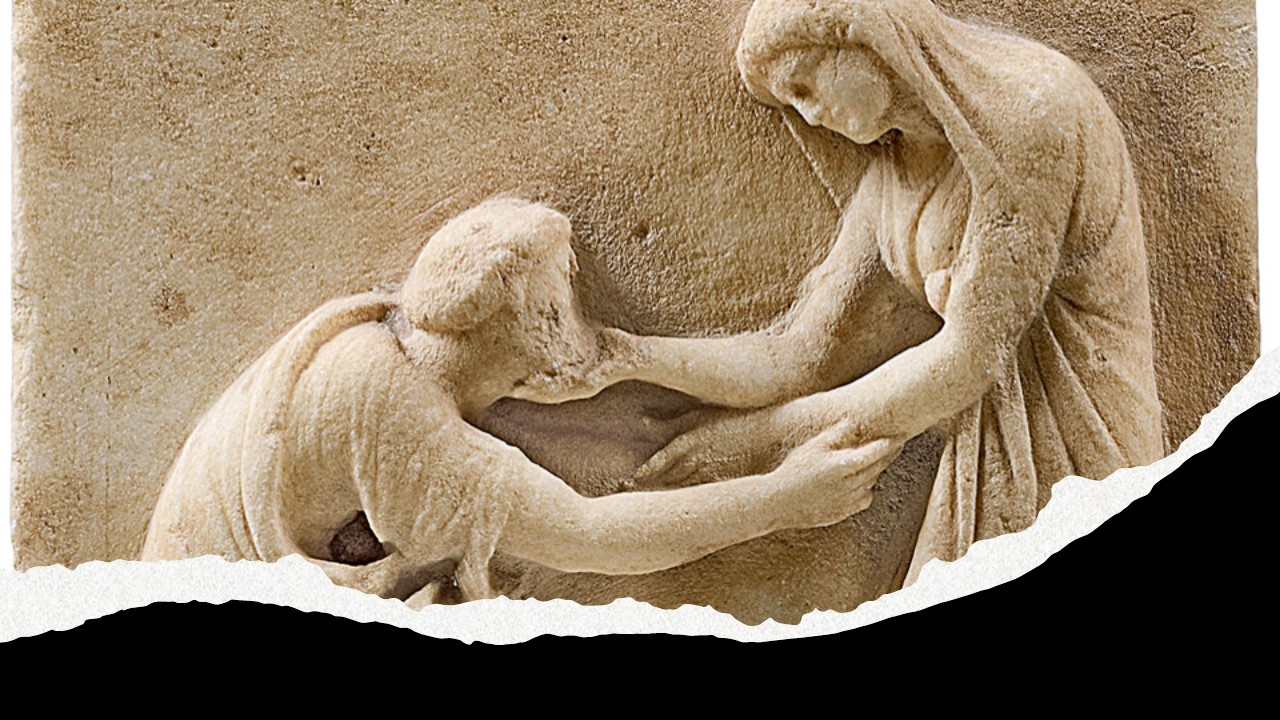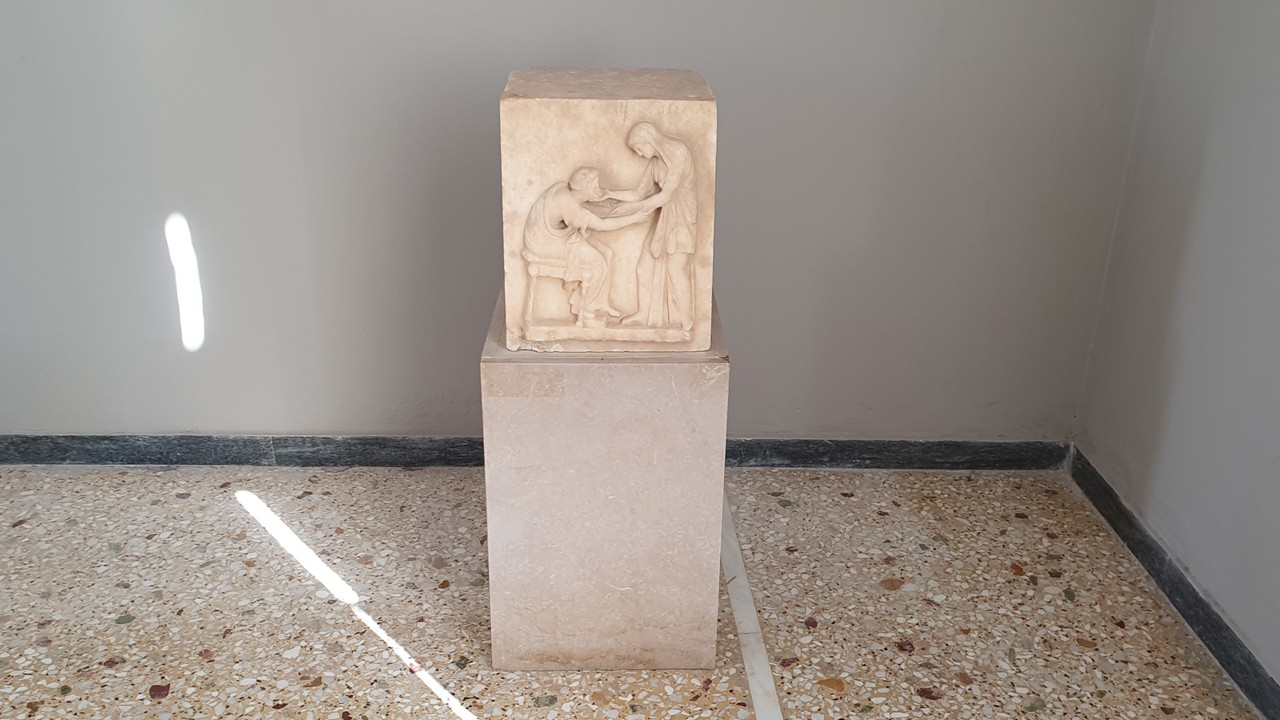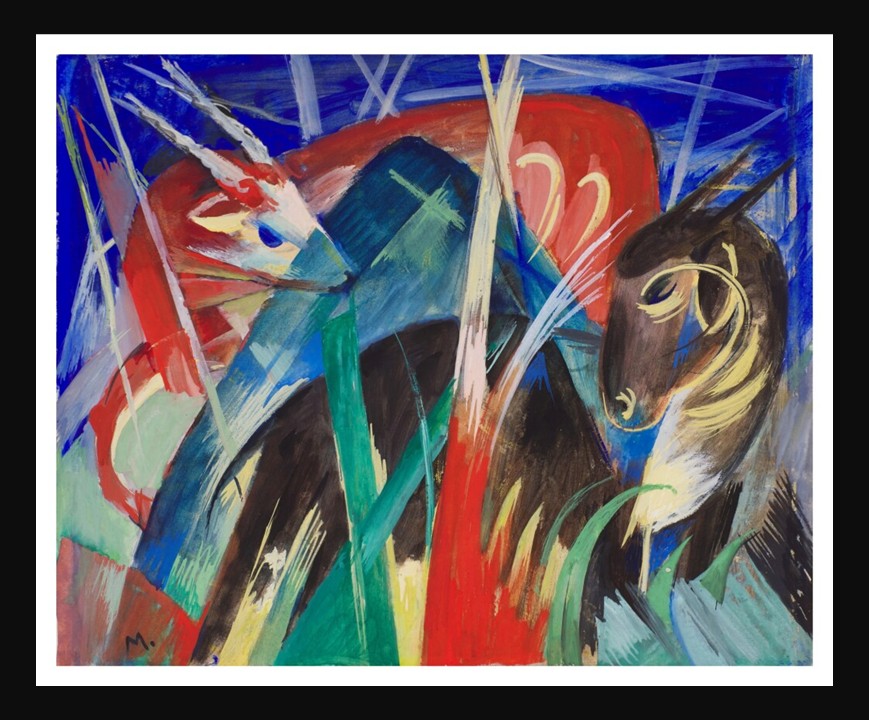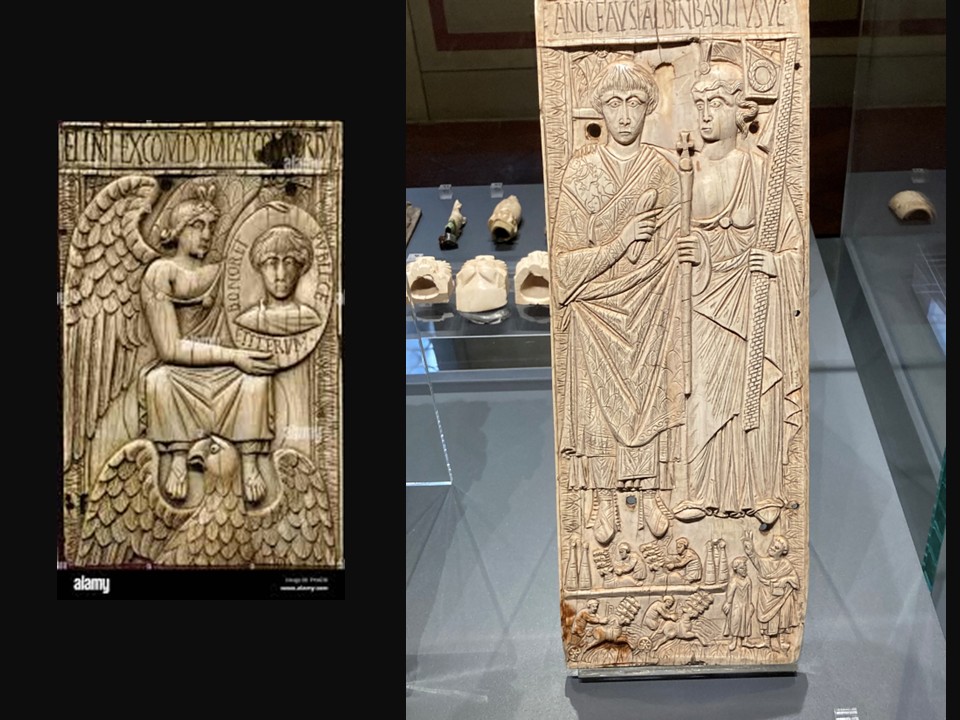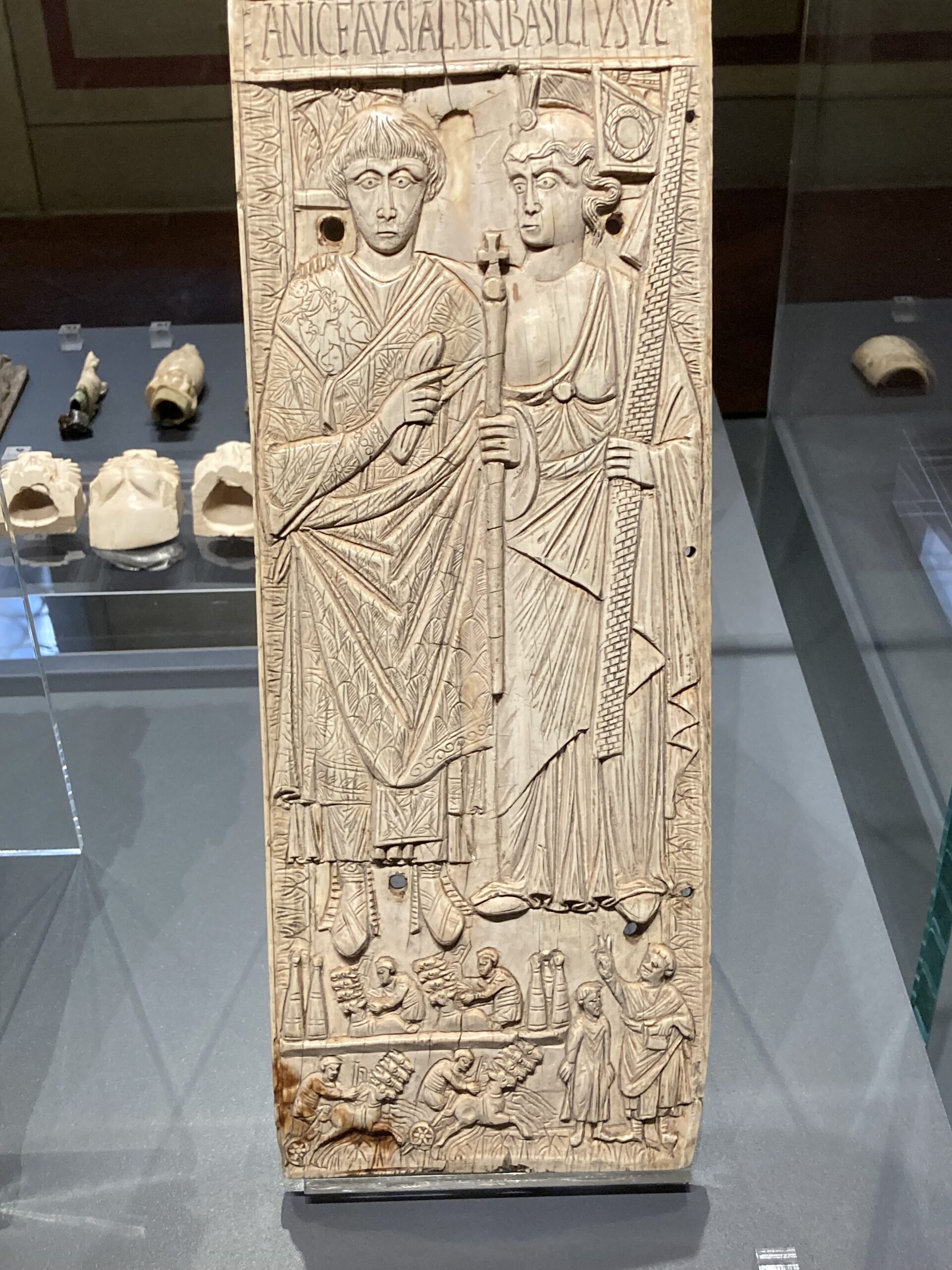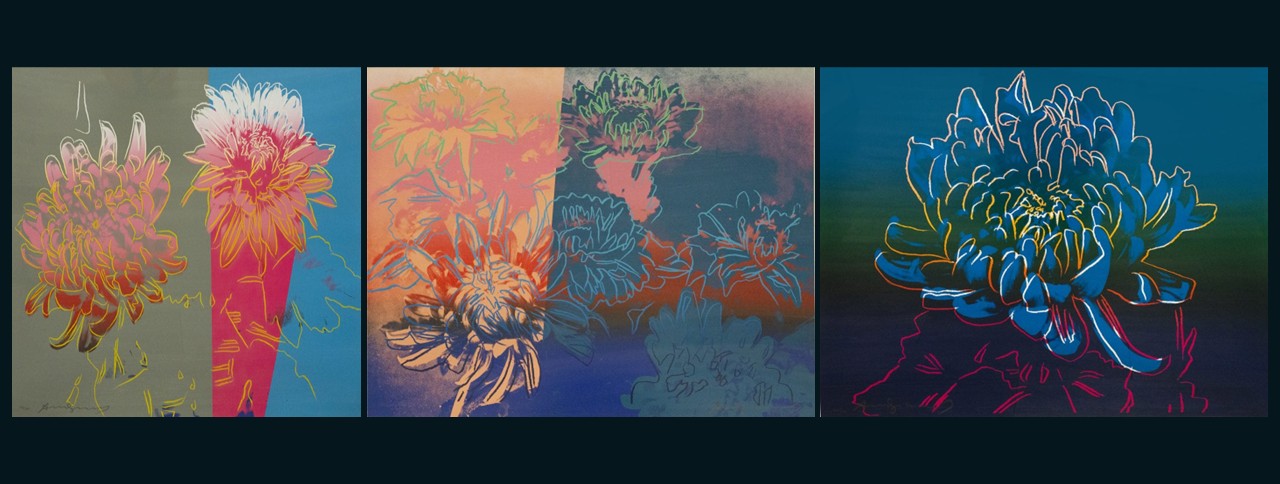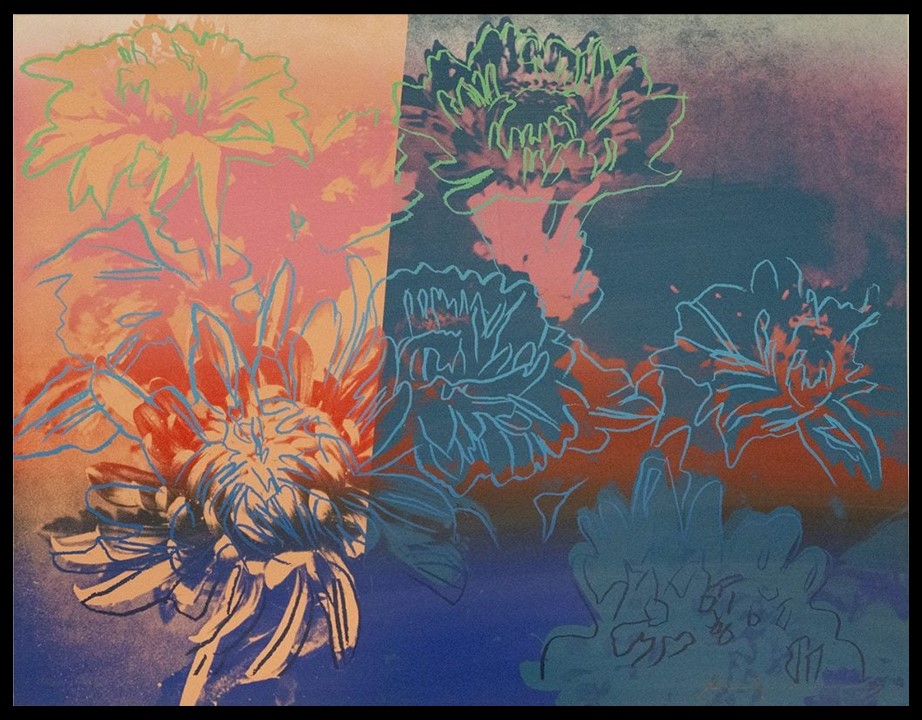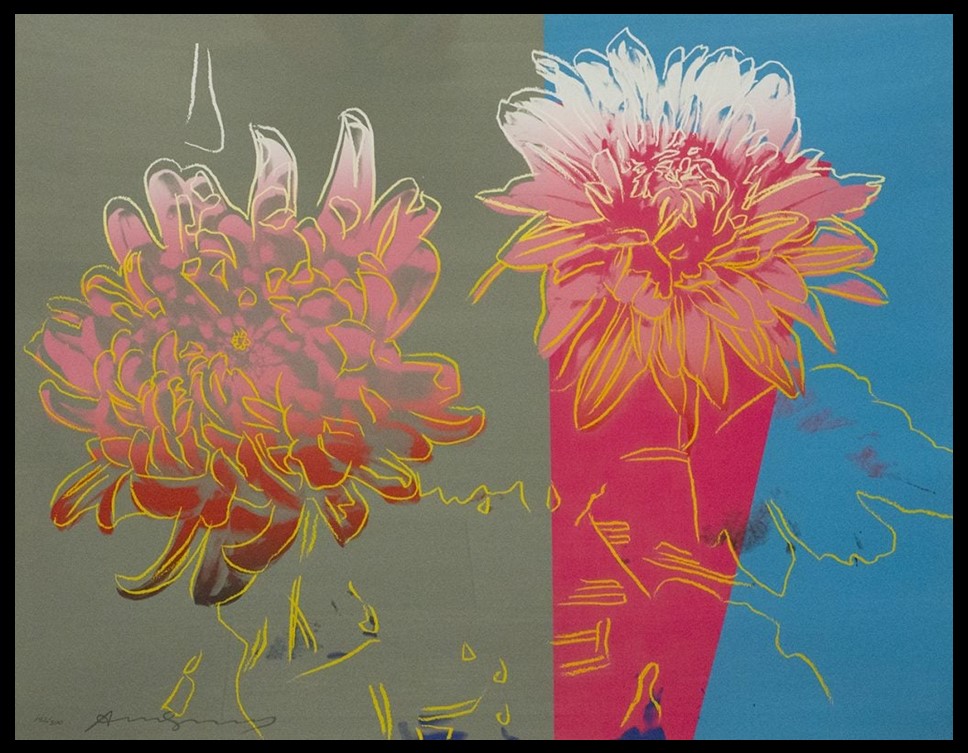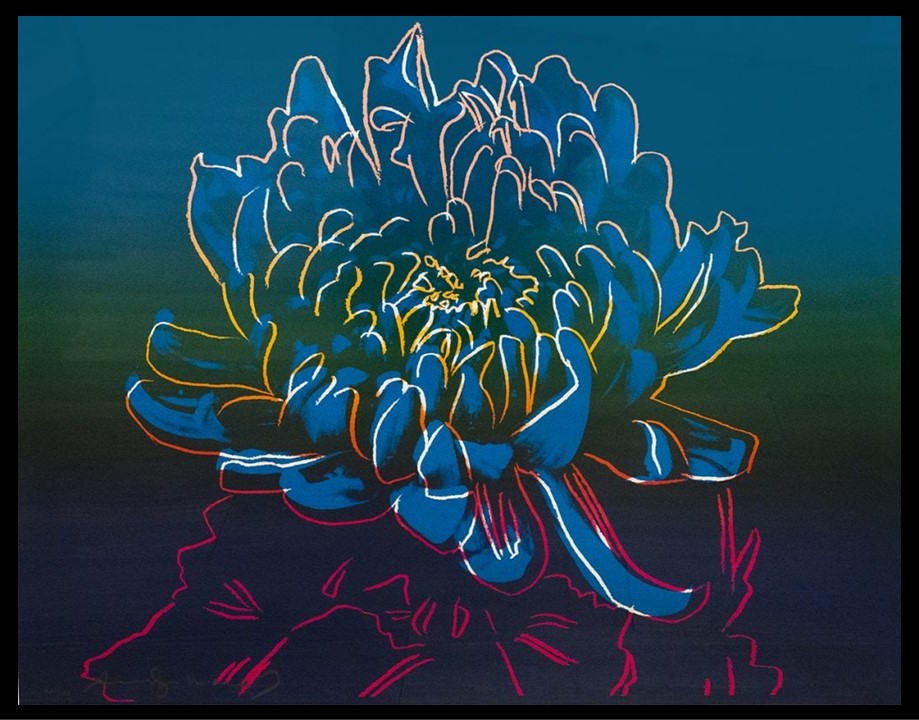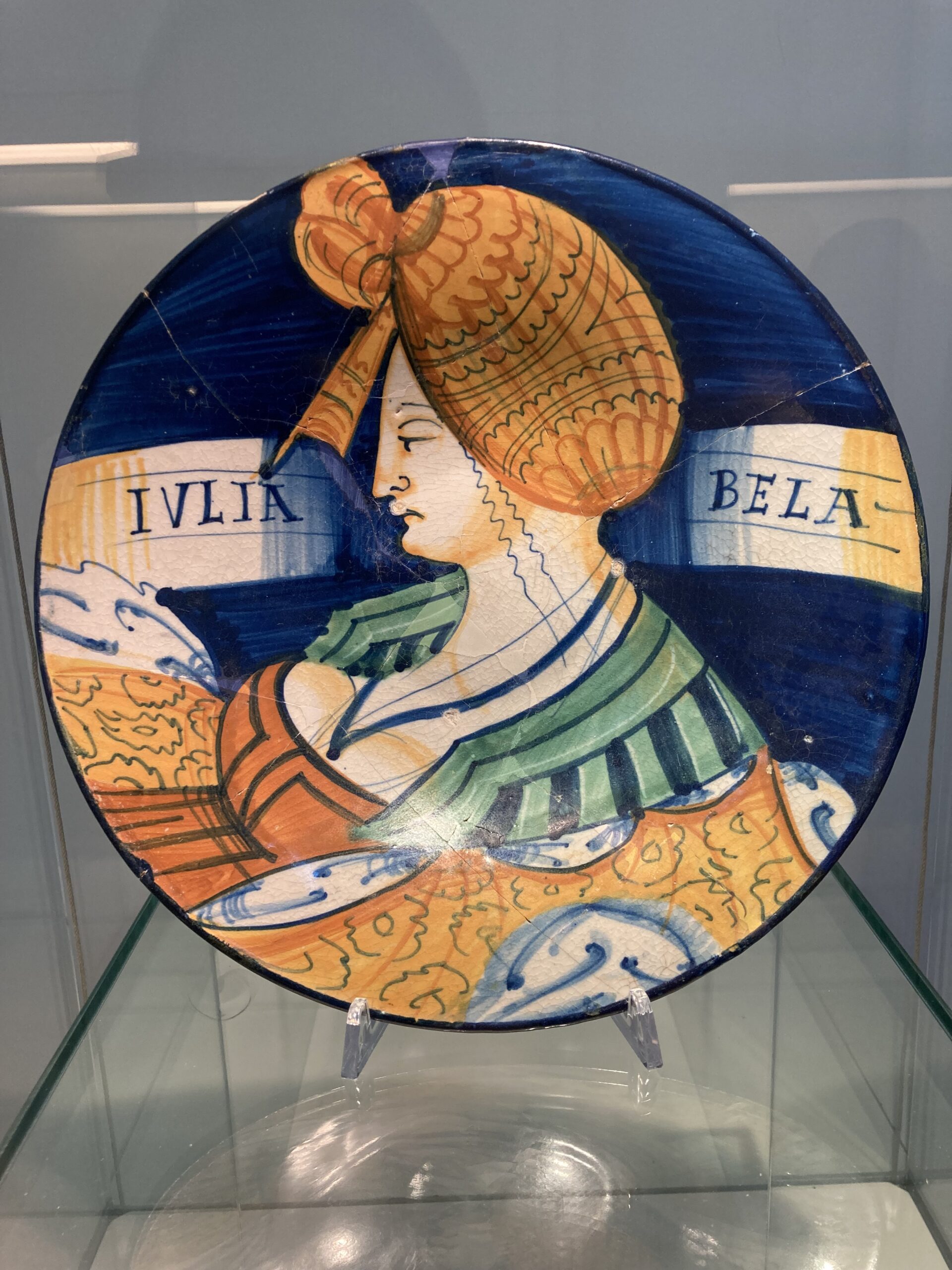
The IVLIA BELLA plate, housed at the Museo Internazionale delle Ceramiche in Faenza, stands as a luminous example of early Renaissance maiolica and the city’s mastery of ceramic portraiture. Crafted in the late 15th or early 16th century, the plate portrays the bust of a refined young woman in profile—her name, “Iulia Bella,” inscribed gracefully on a scroll behind her. This delicate work reflects a pivotal cultural shift in Faenza’s ceramic tradition, as artists moved away from Gothic and Oriental motifs toward the celebration of human beauty and individuality. With its elegant design and rich symbolism of love and virtue, the IVLIA BELLA plate captures both the artistry and humanism that defined the Italian Renaissance.
Let’s explore the ‘who’, ‘where’, when’, ‘why’ and ‘what’ of the amazing Majolica Plate of IVLIA BELLA in theInternational Museum of Ceramics in Faenzaby posing some questions!
Who was Iulia Bella? While her exact identity remains unknown, “Iulia Bella” likely represents a young bride or an idealized figure of feminine beauty. The name inscription personalizes the plate, suggesting it may have been commissioned to celebrate marriage, virtue, or social status, reflecting Renaissance ideals of elegance and moral refinement.
What artistic techniques make this plate stand out? The plate exemplifies Faenza maiolica through its tin-glazed surface, vibrant enamel colors, and finely painted portrait in profile. The careful rendering of her hairstyle, damask dress, and the inscribed scroll demonstrates a mastery of detail and the shift from decorative patterns to human-centered imagery.
When and in what cultural context was it created? Created in the late 15th or early 16th century, the plate emerges during the Italian Renaissance, when Faenza workshops transitioned from Gothic and Oriental motifs toward portraits and figurative art. This period emphasized humanism, individuality, and the celebration of beauty in daily life.
Where would the plate have been displayed? Such plates were likely display items rather than functional tableware, placed in domestic interiors or marriage chambers to be admired. Their role was both decorative and symbolic, showcasing refinement, wealth, and cultural sophistication.
Why were ceramics chosen for commemorative or amatory portraits? Ceramics offered a durable, portable, and visually striking medium for personal or commemorative imagery. A painted plate like IVLIA BELLA combined practical elegance with social signaling, allowing patrons to celebrate beauty, virtue, and status within the home in a tangible, everyday object.
Why is the International Museum of Ceramics in Faenza considered an important institution in the world of ceramic art and history? The International Museum of Ceramics in Faenza is considered one of the most important institutions in the world of ceramic art and history due to its vast and diverse collection, its historical significance, and its role in preserving and promoting ceramic heritage. Founded in 1908, the museum houses work from ancient civilizations to contemporary ceramic art, representing cultures from across the globe. It is especially renowned for its comprehensive display of Italian Majolica, with masterpieces from key production centers like Faenza, Deruta, and Urbino. The museum also serves as a vital center for research, education, and innovation in ceramics, hosting exhibitions, workshops, and scholarly initiatives. Its presence in Faenza, a city with centuries-old ceramic traditions, further cements its role as a guardian of both local craftsmanship and international ceramic excellence.
For a Student Activity inspired by the Faenza Plate of Iulia Bella, please… Click HERE!
Bibliography: https://www.micfaenza.org/en/opera/iulia-bella-plate/ and https://lauramorelli.com/ceramics-faenza/
